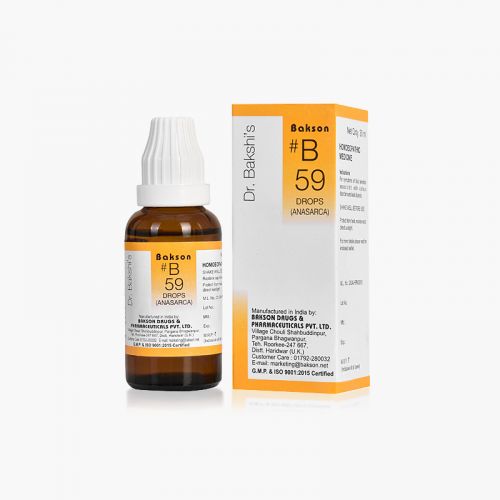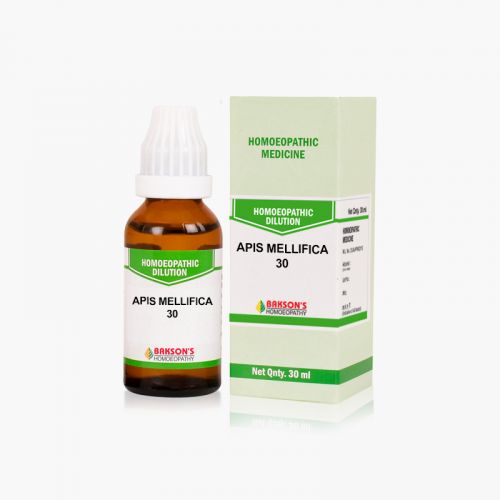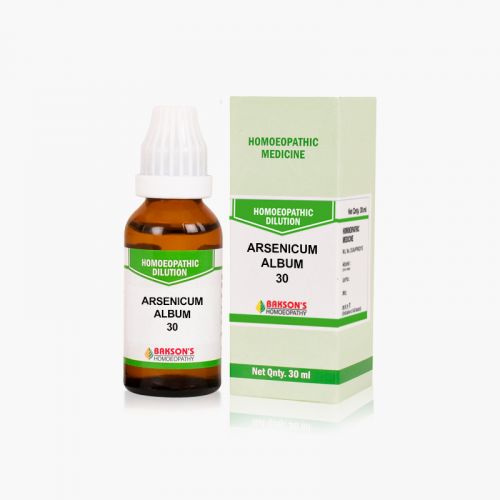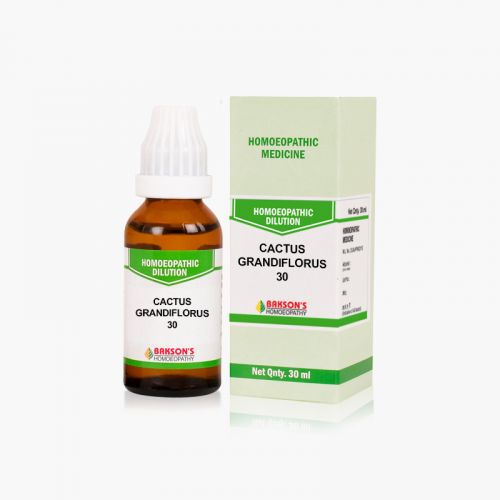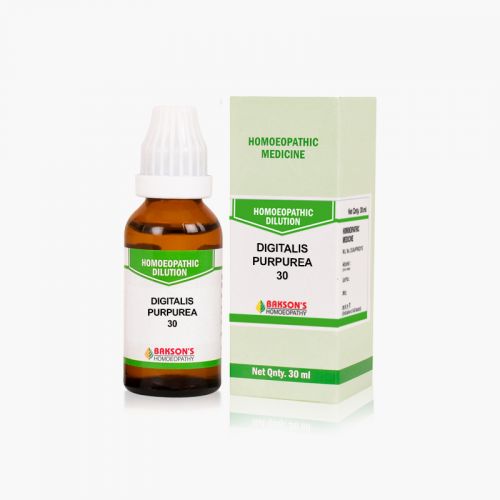We use cookies to make your experience better. To comply with the new e-Privacy directive, we need to ask for your consent to set the cookies. Learn more.
What is Oedema?
Oedema is an abnormal infiltration and excess accumulation of serous fluid in connective tissue or in a serous cavity. Edema can affect any part of the body and ranges from local swelling to anasarca, depending on the underlying pathology.
Causes
Causes of the peripheral oedema can be divided depending on the underlying mechanism:
- Increased Capillary Hydrostatic Pressure
- Regional venous hypertension (often unilateral): Deep vein thrombosis, Compartment syndrome, Chronic venous insufficiency.
- Systemic venous hypertension (often bilateral): Heart failure, Pericarditis, Pulmonary hypertension, Liver failure/cirrhosis.
- Increased plasma volume: Pregnancy, Premenstrual edema, Renal failure, Heart failure, Drugs.
- Decrease Plasma Oncotic Pressure
- Protein loss: Nephrotic syndrome, Preeclampsia/eclampsia
- Reduced protein synthesis: Malnutrition/malabsorption, Liver failure/cirrhosis, Vitamin deficiencies
- Increased Capillary Permeability: Burns, Insect bites, Cellulitis, Allergic reactions.
- Lymphatic Obstruction: Filariasis, Malignancy involving lymph nodes leading to obstruction, Postsurgical after lymphadenectomy / radiation.
- Others: Myxedema in hypothyroidism, Lipedema, Idiopathic.
Signs and Symptoms
Signs of oedema include:
- Swelling or puffiness of the tissue directly under the skin.
- Stretched or shiny skin.
- Skin that retains a dimple (pits), after being pressed for several seconds.
- Increased abdominal size.
- Puffiness of the ankles, face, or eyes.
- Aching body parts and stiff joints.
- Weight gain or loss.
- Fuller hand and neck veins.
- Abdominal pain
- Changes in bowel habits
- Nausea and vomiting
- Confusion and lethargy
- Visual abnormalities
Symptoms depend on the underlying cause, the type and location of oedema.
- Acute swelling of limb within 72 hours: Deep venous thrombosis (DVT), cellulitis, acute injury from trauma, or recent initiation of new medications like calcium channel blockers.
- Chronic accumulation of Generalized Oedema: Congestive heart failure (CHF), liver disease, and renal disease.
- Dependent Oedema: Venous insufficiency.
- Unilateral Oedema: DVT, cellulitis, venous obstruction, or lymphatic obstruction from tumor and radiation treatment.
- Bilateral Oedema: CHF, liver failure, kidney disease, or severe malabsorption syndromes.
Diagnosis
A thorough history and physical examination are done to determine the possible cause followed by relevant lab investigations and imaging studies.
Management
Patient education is important regarding adopting a healthy lifestyle such as exercise, diet, and routine check-ups to diagnose underlying disease entities early and prevent long term complications.
Warning: Above information provided is an overview of the disease, we strongly recommend a doctor's consultation to prevent further advancement of disease and/or development of complications.
Disclaimer: The information provided herein on request, is not to be taken as a replacement for medical advice or diagnosis or treatment of any medical condition. DO NOT SELF MEDICATE. PLEASE CONSULT YOUR PHYSICIAN FOR PROPER DIAGNOSIS AND PRESCRIPTION.
- #B 59 DROPSSpecial Price ₹ 160.00 Regular Price ₹ 200.00
- ACIDUM ACETICUM 30₹ 100.00
- APIS MELLIFICA 30₹ 100.00
- ARSENICUM ALBUM 30₹ 100.00
- CACTUS GRANDIFLORUS 30₹ 100.00
- DIGITALIS PURPUREA 30₹ 100.00
- HAMAMELIS VIRGINICA 30₹ 100.00
- PRUNUS SPINOSA 30₹ 100.00




